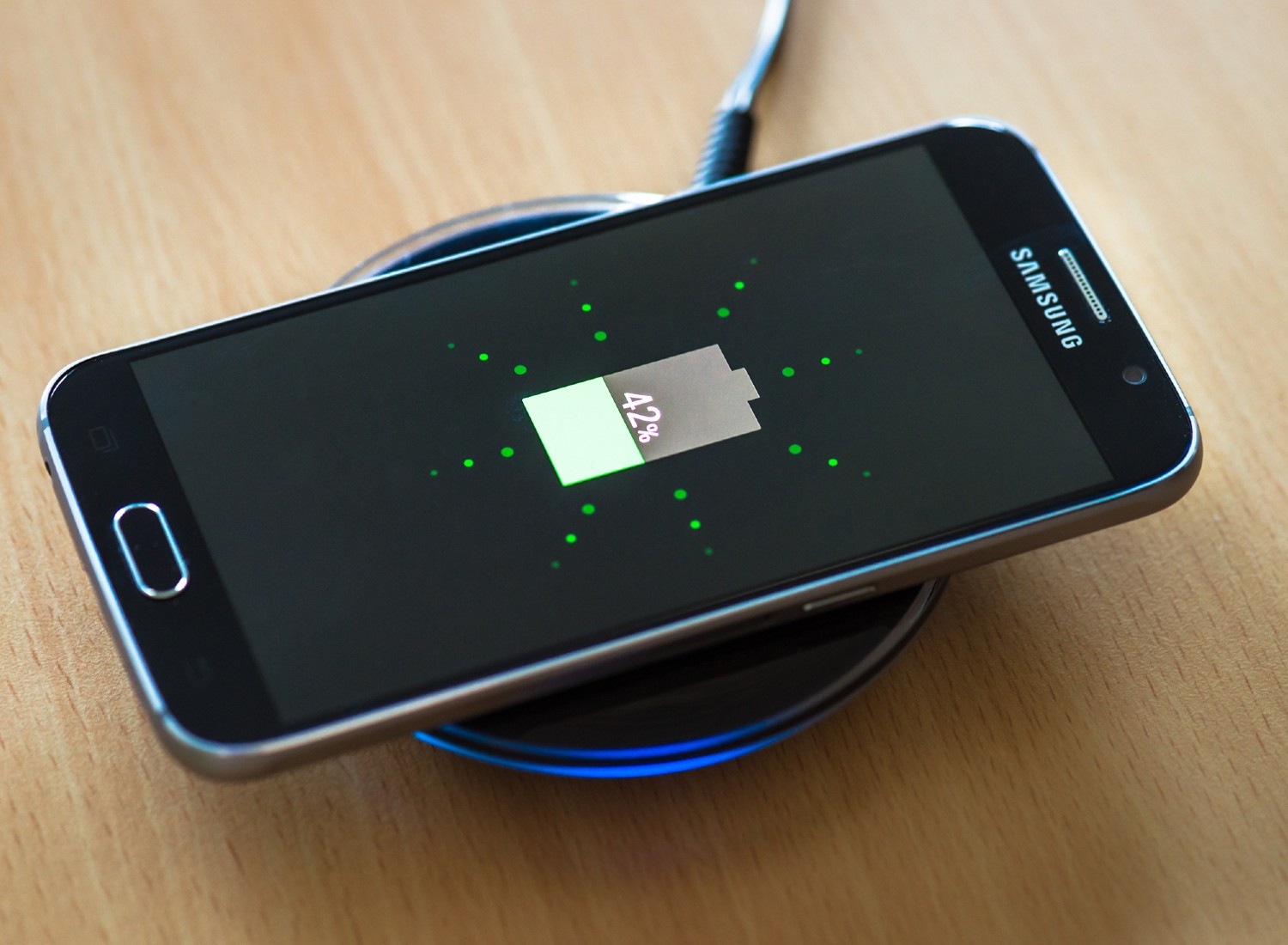Samsung Wireless Charger Blinking Yellow? Here’s What It Means and What to do About It

Wireless charging has become a staple in modern technology, offering a convenient way to power up devices without the hassle of cords and plugs. Samsung, being a major player in the tech industry, offers a range of wireless chargers that are both efficient and user-friendly.
However, like any technology, they can sometimes encounter issues. One common problem users may face is their Samsung wireless charger blinking yellow. This blog will explain this signal and provide step-by-step solutions to resolve the issue.
The Blinking Yellow Light
A yellow blinking light on your Samsung wireless charger typically indicates a charging error. This error can be due to several reasons, ranging from compatibility issues to simple misalignments. Understanding the cause is the first step in troubleshooting.
Potential Causes and Solutions
Compatibility issues
Not all devices are compatible with every wireless charger for Samsung. If you’re using a non-Samsung device or a Samsung model that doesn’t support wireless charging, the charger may blink yellow to indicate a compatibility issue.
Solution: Check your device’s specifications to ensure it supports wireless charging. If using a non-Samsung device, ensure the wireless charger is compatible.
Misalignment of the device
Wireless chargers require proper alignment of the device for efficient charging. If your phone is not in the center of the charger, it may not charge properly, causing the charger to blink yellow.
Solution: Realign your device on the charger. Make sure it’s centered and properly positioned.
Foreign objects detected
Wireless chargers detect foreign objects that might interfere with charging or pose a risk of overheating. If there’s something between your phone and the charger, like a credit card, coins, or other metal objects, the charger will blink yellow.
Solution: Remove foreign objects from the charger and the back of your phone.
Overheating
If the wireless charger or your device gets too hot, the charger will blink yellow as a safety precaution. Environmental factors or using the phone while charging are common causes for overheating.
Solution: Remove the phone from the charger and let both the phone and the charger cool down. Avoid using the phone while it’s charging to prevent overheating.
Damaged or incompatible charger/cable
Using a damaged charger or a cable that is not compatible with your device can also cause the yellow blinking light.
Solution: Ensure you use the charger and cable that came with your Samsung device or specifically designed for it. Replace any damaged components.
Software issues
Sometimes, the problem may lie in the phone software. Glitches or bugs can interfere with the charging process.
Solution: Restart your phone to reset the software. If the problem persists, consider updating your phone’s software.
Faulty charger
In some cases, the charger itself might be faulty. This can be due to internal damage or wear and tear over time.
Solution: If the issue persists, try charging another device with the same charger. If you experience the same issues, you may need to replace the charger.
Preventive measures and best practices
To avoid future issues with your wireless charger for Samsung, consider the following tips:
- Use official or certified products: Always use Samsung-approved or Qi-certified wireless chargers and cables.
- Keep it clean and clear: Regularly clean your charger and ensure no debris or foreign objects are on it.
- Avoid direct sunlight: Place your charger in a cool, shaded area to prevent overheating.
- Update your device: Keep your device’s software up to date to avoid software-related charging issues.
Summing Up
A blinking yellow light on your Samsung wireless charger can signal several issues, but most are easily fixable. From ensuring proper alignment and compatibility to keeping your charger clean and free of foreign objects, these solutions will help you return to convenient wireless charging. Remember, using the right equipment and following best practices can significantly reduce the likelihood of encountering such issues. With this knowledge, you can continue to enjoy the seamless experience of wireless charging with your Samsung device.
Your Trust, Our Core Commitment
At Rising Tech, earning and maintaining your trust is the cornerstone of our mission. We're dedicated to transparency, impartiality, and the relentless pursuit of truth in every article, review, and recommendation we publish. Our commitment to these principles ensures that you, our valued reader, are always equipped with reliable and unbiased information. Let us be your trusted guide in the ever-evolving world of technology.